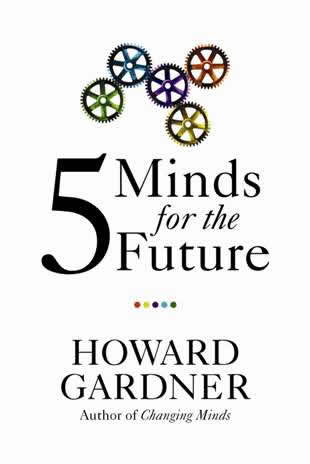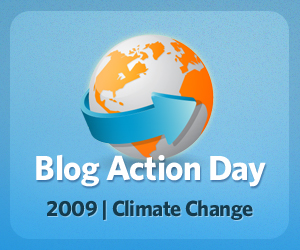Howard Gardner – well-known for his multiple intelligences theory – discusses his new book, 5 Minds for the Future, in a lecture at the RSA. Shifting from the purely cognitive, towards a socio-political response to globalisation and technological innovation. he argues today’s learners need to adopt to flexible, inter-disciplinary ‘outside-the-box’ thinking by cultivating five key mental capacities:
The Disciplinary Mind
The Synthesizing Mind
The Creating Mind
The Respectful Mind
The Ethical Mind
The Disciplinary Mind
Here, Gardner refers primarily to the academic disciplines. Whilst acknowledging the necessity to achieve mastery in one discipline (which usually takes a minimum of 10 years), he stresses the need to recognise the distinctive (and essentially unnatural) ways of thinking in other major schools of thought.
The Synthesizing Mind
Quoting physicist Murray Gell-Man – who suggested the synthesizing mind will be the most important in the 21st century – Gardner suggests this is the most urgently required of the five minds, yet remains the least supported in formal education. Synthesis requires the ability to integrate ideas from different disciplines into a coherent whole that is communicable to others. Gardner argues the best synthesizers are those who can cultivate and master synthesizing methods or strategies using a range of formats – maps, taxonomies, narrative etc., which are best developed through goal-driven and feedback processes.
The Creating Mind
The capacity to identify new problems, questions and phenomena. Creativity is not just a cognitive process, but is reliant on personality traits of temperament and attitude, and on feedback from others in the field.
The Respectful Mind
The ability to empathize; to acknowledge, understand and eventually contest the views of others.
The Ethical Mind
The fulfillment of one’s professional responsibilities and moral obligations as a citizen.
Gardner acknowledges integration of the five minds is prone to tensions, and that most individuals will have a tendency towards some over others, He concludes by emphasizes the need to expose students to societies, communities and people where qualities derived from these minds are encouraged and influential.

Howard Gardner – well-known for his multiple intelligences theory – discusses his new book, 5 Minds for the Future, in a lecture at the RSA. Shifting from the purely cognitive, towards a social policy response to globalisation and technological innovation. he argues today’s learners need to adopt to flexible, inter-disciplinary ‘outside-the-box’ thinking by cultivating five key mental capacities:
- The Disciplinary Mind
- The Synthesizing Mind
- The Creating Mind
- The Respectful Mind
- The Ethical Mind
The Disciplinary Mind
Here, Gardner refers primarily to the academic disciplines. Whilst acknowledging the necessity to achieve mastery in one discipline (which usually takes a minimum of 10 years), he stresses the need to recognise the distinctive (and essentially unnatural) ways of thinking in other major schools of thought.
The Synthesizing Mind
Quoting physicist Murray Gell-Man – who proposed the synthesizing mind will be the most important in the 21st century – Gardner suggests this is the most urgently required of the five minds, yet remains the least supported in formal education. Synthesis requires the ability to integrate ideas from different disciplines into a coherent whole that is communicable to others. Gardner argues the best synthesizers are those who can cultivate and master synthesizing methods or strategies using a range of formats – maps, taxonomies, narrative etc., – which are best developed through goal-driven and feedback processes.
The Creating Mind
The capacity to identify new problems, questions and phenomena. Creativity is not just a cognitive process, but is reliant on personality traits of temperament and attitude, and on feedback from others in the field.
The Respectful Mind
The ability to empathize; to acknowledge, understand and eventually contest the views of others.
The Ethical Mind
The fulfillment of one’s professional responsibilities and moral obligations as a citizen.
Gardner acknowledges integration of the five minds is prone to tensions, and that most individuals will have a tendency towards some over others, He concludes by emphasizing the need to expose students to communities and societies in which the qualities derived from these minds are both encouraged and prevalent.



 Norm Friesen’s recent
Norm Friesen’s recent 
